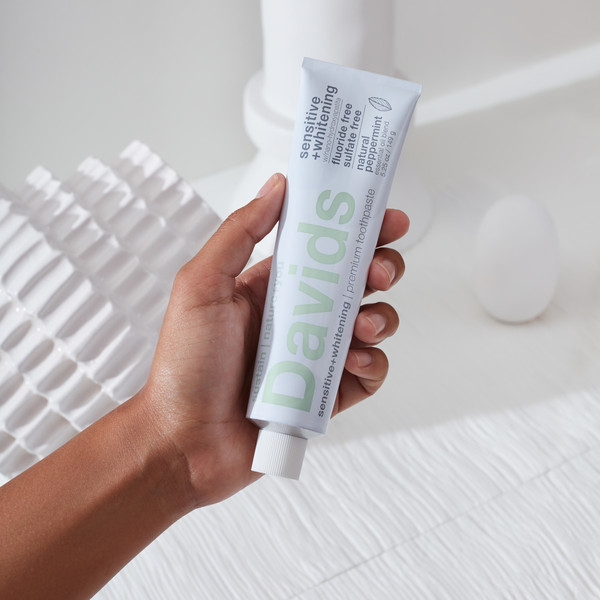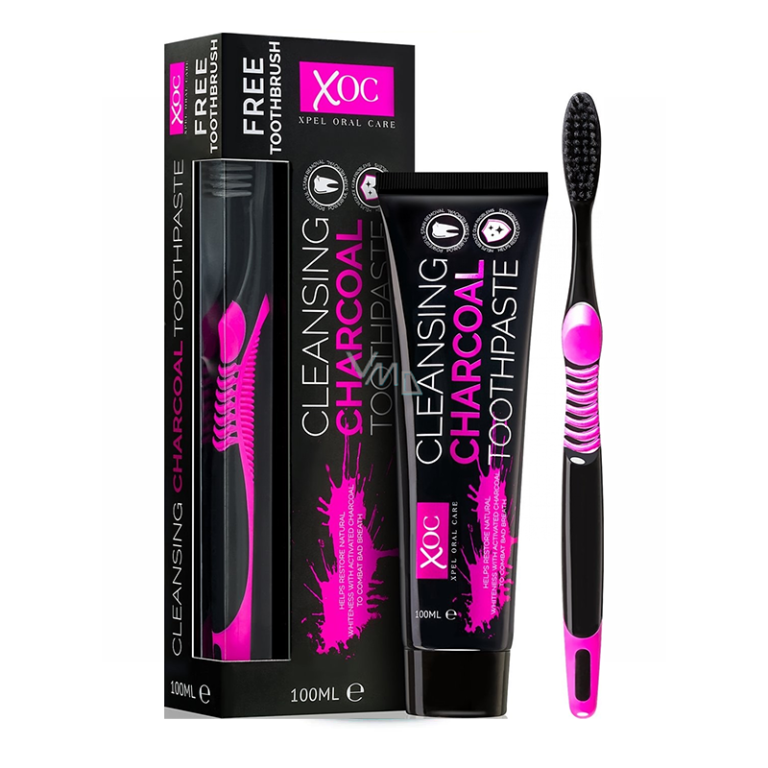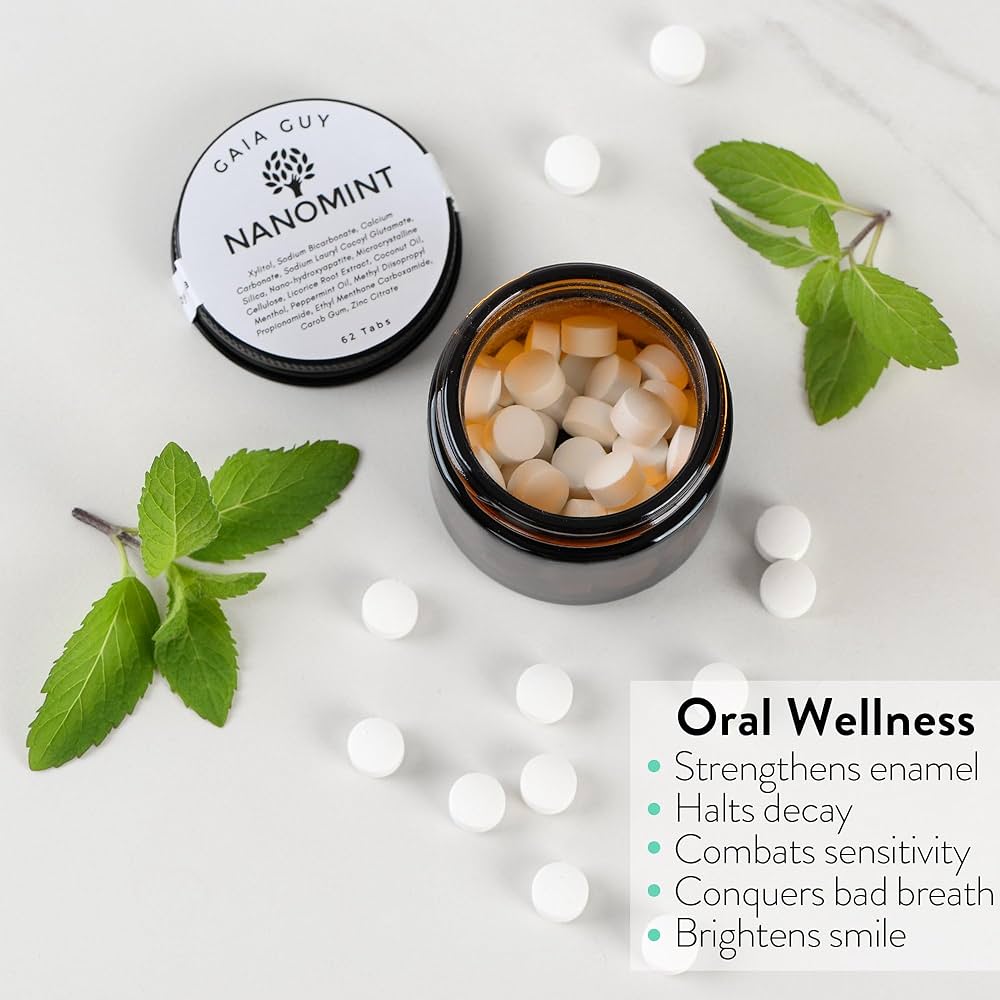
Solving the Mystery of Spicy Toothpaste Ingredients
What Makes Toothpaste Taste Spicy?
When you brush your teeth, you might notice a spicy tingle. This sensation comes from certain toothpaste ingredients. Manufacturers add flavoring agents to create a fresh, clean feeling. Key among these is menthol, extracted from mint oils. Menthol gives that cool, peppery taste in your mouth.
Other ingredients help enhance this spicy effect. Cinnamon, anise, and fennel are common in ‘warmer’ flavors. They combine with menthol to produce a zesty sensation. This combo is why it’s spicy toothpaste and why it perks you up in the morning.
Even the foaming action contributes to the tingle. Surfactants, like sodium lauryl sulfate, make toothpaste foam up. They also intensify the mouthfeel of the menthol. Lesser-known components include eucalyptus and spearmint. These lend further zest and depth to the flavor profile.
As you use the toothpaste, compounds interact with your taste buds and skin receptors. They send signals to your brain registering as ‘spicy.’ So, next time your mouth buzzes with that familiar spicy kick, you’ll know why. It’s not just about clean teeth; it’s about an invigorating experience.

The Role of Mint in Toothpaste Flavors
The flavor of toothpaste is key to our oral care routine. Mint plays a central role here. It’s the top choice for freshness. Its cooling effect is why it’s in many toothpaste brands. Mint oils are not just about taste. They also have antimicrobial properties. This means they help fight oral bacteria.
Why is it spicy toothpaste, you might ask? Mint’s zing is due to menthol. This compound is cooling yet spicy. It leaves that tingling sensation that makes us feel clean. Besides menthol, peppermint and spearmint oils enhance this effect. They add depth to the flavor.
But mint does more than tingle the senses. It encourages us to brush longer. The fresh feeling signals a clean mouth. That can lead to better brushing habits. It turns a chore into a refreshing experience. So, mint is not just for flavor. It’s a part of the oral hygiene ritual. It makes toothpaste a tool for better dental health.
Common Ingredients That Contribute to the Spicy Sensation
In addition to menthol, several other ingredients make toothpaste taste spicy.
Cinnamon, Anise, and Fennel
Cinnamon, anise, and fennel are commonly used for their warm, spicy flavors. They blend well with the coolness of menthol. This mix creates a unique spicy sensation in your mouth.
Eucalyptus and Spearmint
Eucalyptus and spearmint add extra zest and complexity. They are less common but boost the overall spiciness.
Essential Oils
Certain essential oils are also in the mix. They provide not just flavor but potential health benefits. For example, they may have antimicrobial effects.
Surfactants
Surfactants like sodium lauryl sulfate play a double role. They make toothpaste foam and enhance the spicy taste. The foam interacts with the taste buds to make the experience more intense.
These ingredients are why it’s spicy toothpaste. If the spiciness bothers you, there are milder options available. The key is to find a toothpaste that encourages good oral hygiene practices.
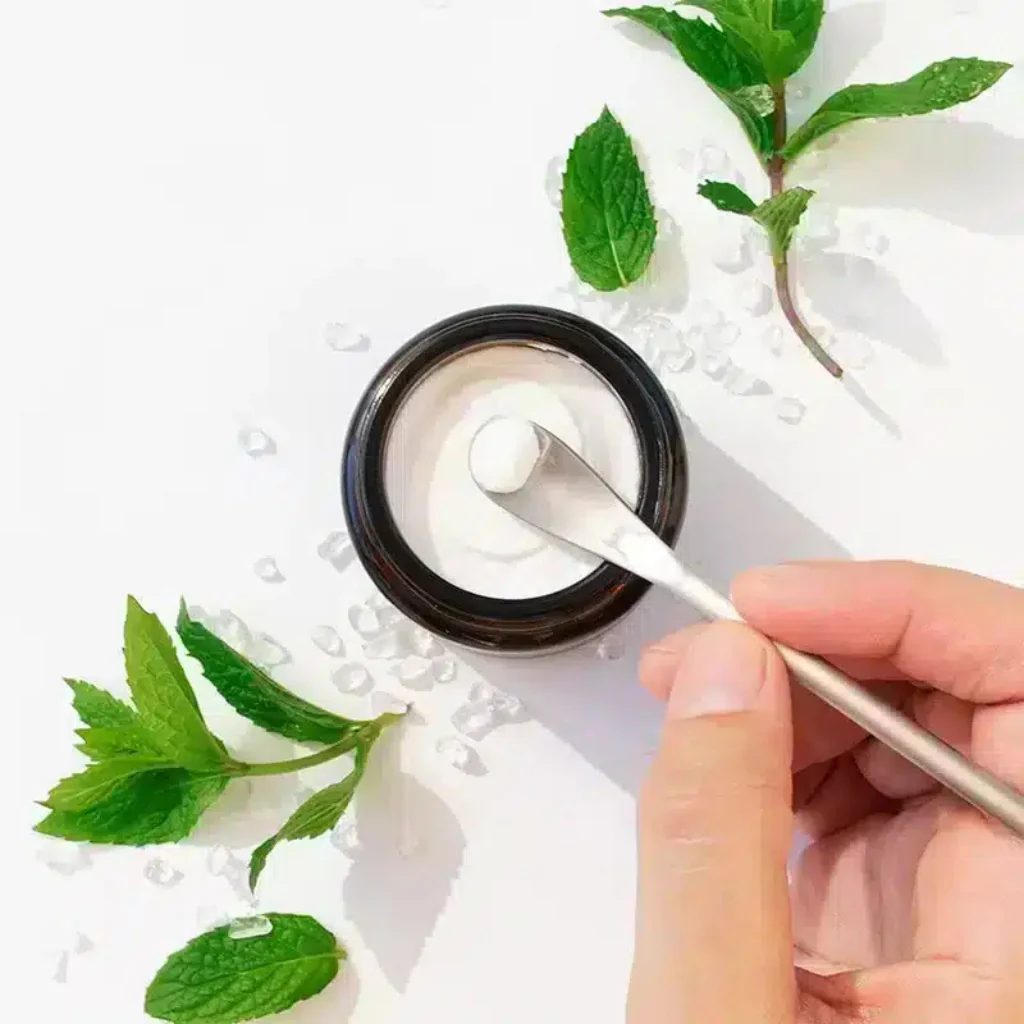
The Purpose Behind Spicy Toothpaste
Beyond the zesty taste, spicy toothpaste serves several important purposes in oral hygiene. First, the spicy sensation encourages longer brushing. When the mouth feels refreshed and tingling, the brushing experience becomes more enjoyable. This can lead to more thorough cleaning and improved dental health.
Moreover, the ingredients that contribute to the spiciness, like menthol and eucalyptus, possess antimicrobial properties. These ingredients help in reducing oral bacteria, contributing to better overall oral health. The presence of such ingredients in toothpaste means it’s not just about cleaning teeth, but also about maintaining a healthy oral environment.
In essence, the purpose of making toothpaste spicy is to transform a routine task into a stimulating, health-promoting activity. This makes the process appealing, which in turn promotes consistency in good oral hygiene practices. If you ever wondered why is it spicy toothpaste, remember it’s part of a design to make you look forward to brushing your teeth, ensuring a clean mouth and fresh breath.
How the Flavor of Toothpaste Affects Oral Hygiene Habits
The flavor of toothpaste plays a crucial role in our daily dental care. It’s not just about the taste; it’s about the overall brushing experience. When toothpaste tastes good, we’re more likely to stick to our oral hygiene routine. Here’s how the spicy flavor specifically impacts our habits:
- Enhances Brushing Experience: A zesty, spicy toothpaste transforms brushing from a boring task into an invigorating experience. This makes us more willing to brush regularly.
- Encourages Longer Brushing Time: The tingling sensation can be enjoyable. Because of this, we may brush longer which leads to more effective cleaning.
- Signals Cleanliness: The spicy bite often signifies a fresh, clean mouth. This perceived confirmation of cleanliness can increase our satisfaction with the brushing process.
- Promotes Good Habits: When the act of brushing feels refreshing, it’s easier to develop and maintain good oral hygiene habits.
- Influences Choice: The right flavor leads us to choose a toothpaste we’ll use consistently, playing a part in our dental health.
In short, the spicy flavor found in some toothpaste brands is key to ensuring effective and enjoyable oral care. If you’ve ever wondered ‘why is it spicy toothpaste,’ consider the ways in which it can positively impact your brushing routine.
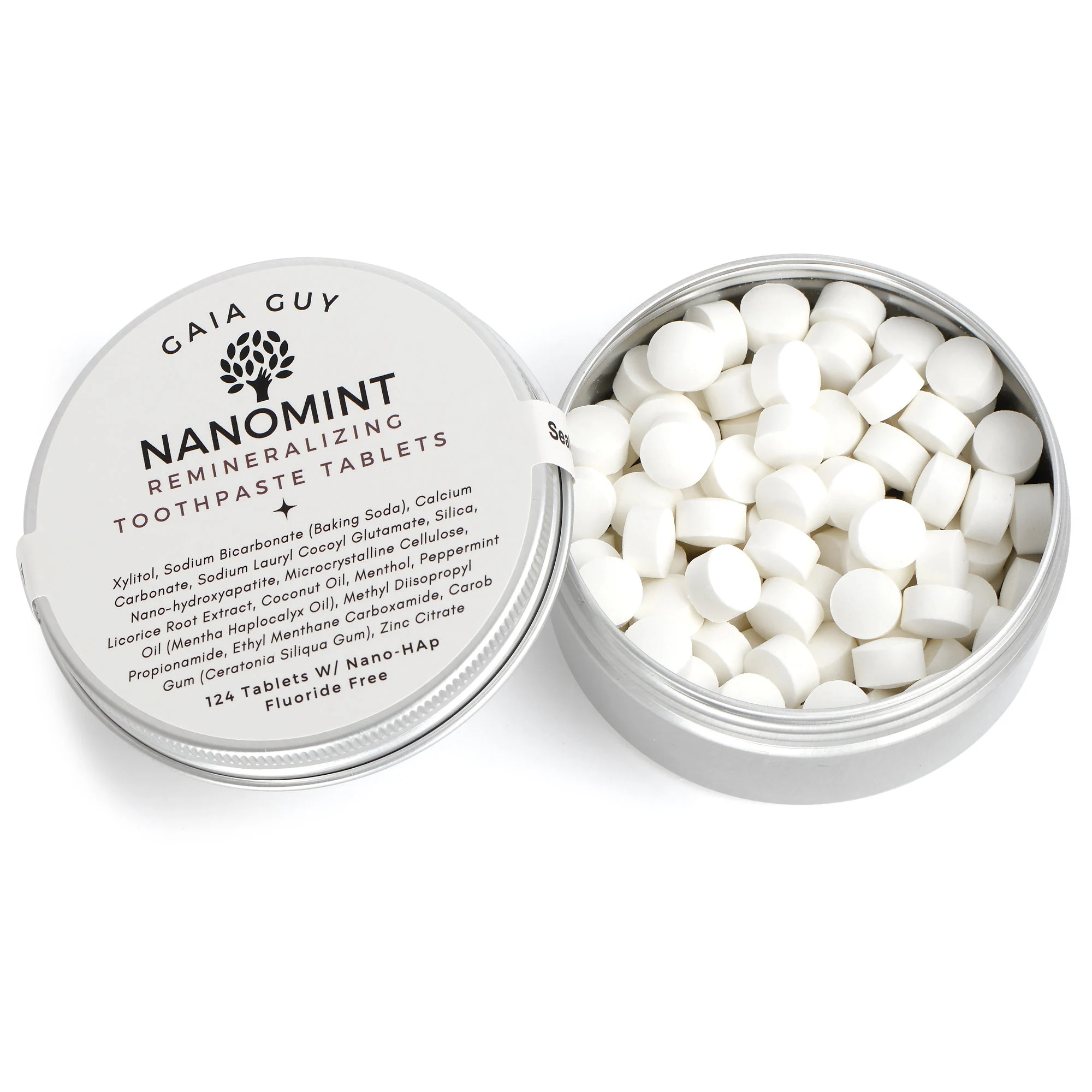
The Manufacturing Process of Spicy Toothpaste
Understanding how spicy toothpaste is made can deepen your appreciation for this oral hygiene product. The manufacturing process combines science with sensory appeal, ensuring that every brushing session is both effective and enjoyable. Let’s break down this process:
- Selection of Ingredients: The journey begins with the selection of key ingredients like menthol, cinnamon, anise, and fennel. These are chosen for their ability to provide a spicy sensation and their oral health benefits.
- Blending Flavors: Expert flavorists carefully blend these ingredients. They achieve the perfect balance between the coolness of menthol and the warmth of spices.
- Incorporating Surfactants: Next, surfactants like sodium lauryl sulfate are added. These create the foaming action and enhance the spicy flavor by spreading it through the mouth.
- Adding Essential Oils: Essential oils are then incorporated for their potential health benefits and to boost the spicy taste.
- Mixing and Refining: All ingredients are mixed together. They are refined to ensure a smooth, consistent paste that delivers the spicy experience.
- Quality Control: Throughout the process, the toothpaste undergoes rigorous quality control tests. These ensure that the spice level is just right and that oral health standards are maintained.
- Packaging: Finally, the toothpaste is packaged in tubes. These keep the flavors intact and ensure freshness from the factory to your bathroom.
Every step of the manufacturing process is designed with two goals in mind: maximizing the spicy flavor and promoting good oral hygiene. Whether you’re curious about ‘why is it spicy toothpaste’ or simply looking to understand the product you use daily, knowing how it’s made can be quite enlightening.
Alternatives to Spicy Toothpaste
If the spice in toothpaste isn’t to your liking, there’s good news. Many alternatives provide benefits without the zing. Here are some milder options:
- Mild Mint Toothpaste: For those who want freshness without the spice, mild mint flavors are available. They offer a subtle hint of mint without the intense tingling.
- Fruit Flavored Toothpaste: Kids and adults alike may enjoy fruit flavors. These can range from strawberry to bubblegum, offering a sweet brushing experience.
- Herbal and Natural Toothpaste: Herbal blends without strong spicy agents cater to a different taste. They often contain ingredients like green tea, chamomile, or aloe vera.
- Sodium Lauryl Sulfate (SLS) Free Toothpaste: If you’re sensitive to the foaming action that makes the spice feel stronger, look for SLS-free options. These toothpastes are less likely to irritate your mouth.
- Fluoride-Free Toothpaste: While most toothpastes contain fluoride for cavity prevention, some people prefer fluoride-free options. These are often milder in flavor.
Whatever your preference, the key is to choose a toothpaste that makes you comfortable with your oral hygiene routine. There are plenty of products available that clean effectively without the spicy sensation. Remember, if you’ve ever wondered ‘why is it spicy toothpaste,’ the spice isn’t necessary for a clean mouth—it’s all about personal preference and comfort.

Tips for Choosing the Right Toothpaste for Your Needs
Choosing the right toothpaste is key to a comfortable oral hygiene routine. Here are some tips to help you select the best option for your needs:
- Consider Your Oral Health Goals: Assess whether you need toothpaste for sensitivity, tartar control, whitening, or gum health. Pick a toothpaste that addresses your specific concerns.
- Check for Fluoride Content: Fluoride is essential for fighting cavities. Most dental professionals recommend toothpaste with fluoride for its protective benefits.
- Flavor Preference: If you don’t like spicy toothpaste, there are milder mint, fruit, or herbal options that still promote good oral health without the zing.
- Read the Labels: Look for toothpaste that has earned an approval seal from a reputable dental association. This gives you assurance about its quality and effectiveness.
- Think About Texture and Ingredients: Some people prefer a gel over paste, or want natural ingredients. Decide what texture and ingredients you feel good about using.
- Sensitivity to Ingredients: If you’re sensitive to certain ingredients like sodium lauryl sulfate (SLS), select a toothpaste that’s SLS-free to avoid discomfort.
- Consult Your Dentist: Your dentist can provide tailored advice based on your oral health status. They can suggest toothpaste that complements your dental care routine.
Remember, personal preference plays a big role in maintaining consistent oral hygiene. Whether you wonder ‘why is it spicy toothpaste’ or not, choose a toothpaste that encourages you to brush regularly and keeps your mouth healthy and fresh.
